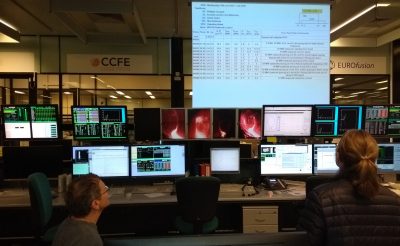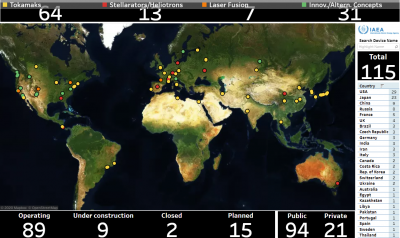
On a previous post, we commented about the recent record achieved by the Joint European Torus (JET), in a unique set of D-T experiments. In this post, we would like to add several other records set by other fusion devices. In particular, we will be talking about the Korea Superconducting Tokamak Advanced Research (KSTAR), the Experimental Advanced Superconducting Tokamak (EAST) and the National Ignition Facility (NIF). By all means, we can say that the period from 2020 up to the near future, will be remembered as a period of success and milestone fulfillment in the fusion field.
A distinction should be made between KSTAR, EAST and NIF as the physical mechanism to reach nuclear fusion is different. While KSTAR and EAST are two superconducting tokamaks, i.e. they rely on superconducting magnets which constraint the plasma shape and dynamics, NIF is a fusion device consisting of several lasers which heat and compress a small amount of a hydrogen (or an isotope as deuterium) pellet. Both mechanisms are known in the fusion field as, magnetic confinement fusion and intertial confinement fusion, respectively. Let’s now have a look at their respective records.





